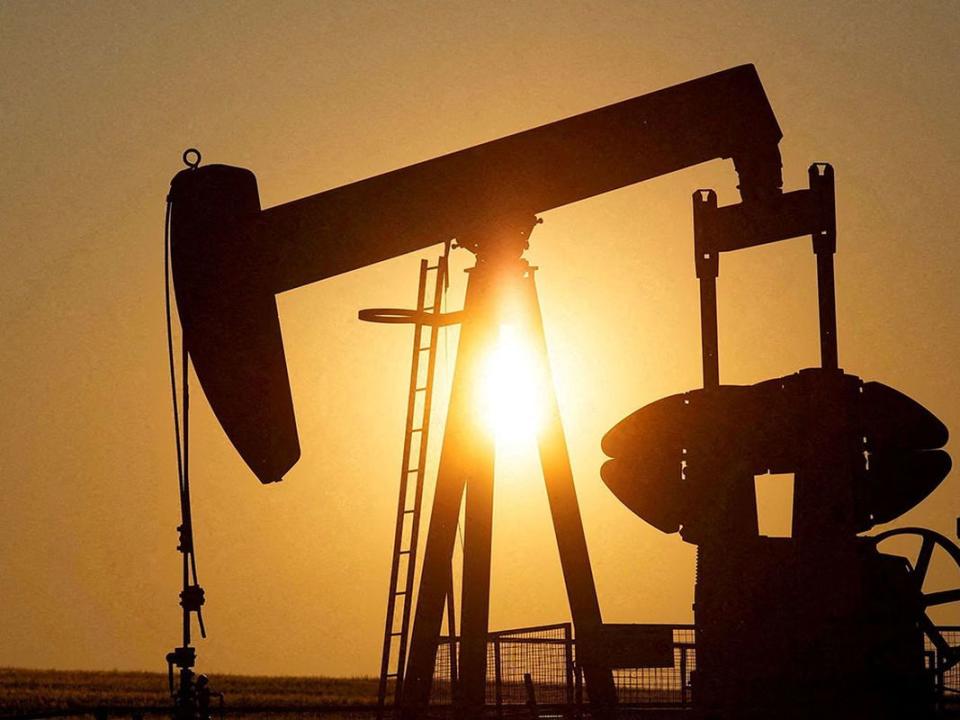Theo Argitis: Climate plan doubts could speed up Canada election timing

It would be an exaggeration to say that Canadian business and policymakers are teeming with confidence the country will hit its ambitious climate transition targets. In Ottawa and certainly among stakeholders, skeptics outnumber optimists.
As Royal Bank of Canada said more politely in a report released on May 4: hitting our goals will “require greater effort.”
Prime Minister Justin Trudeau’s government has pledged to lower the nation’s carbon emissions to at most 440 megatonnes of carbon dioxide equivalent by 2030, a one-third decline from 2021 levels and down about 40 per cent from 2019. The ultimate objective is for Canada to hit net zero by 2050. The challenges to get there are wide-ranging. The Royal Bank report identifies, among other things, the slow market roll-out of electric vehicles and pressure from population growth on emissions from buildings.
Oil and gas biggest challenge
But there may be no bigger challenge than meeting the government’s targets for our oil and gas sector. The industry, which is responsible for 28 per cent of the nation’s emissions, is being asked to cut them over the next six years by more than 70 million tonnes from current levels, or almost 40 per cent. That’s even as oil and gas production is expected to grow over that time.
Canada’s oil and gas lobby — which is on board with net-zero by 2050 — has indicated a more realistic target for 2030 would be less than half of the targeted amount.
The Canadian government’s ambitions hinge in part on the development of large facilities and infrastructure to capture the carbon, move it and bury it. To help spur investments on that front, Finance Minister Chrystia Freeland pledged in her March budget generous tax credits that have won praise from the industry.
But few think the 2030 timeline works.
For one, the Canadian government has yet to release its legislative framework for carbon capture, or its plan to provide certainty for industry around carbon pricing. Both are still in progress and due this year.
Businesses are also taking an “I’ll-believe-it-when-I-see it” attitude to the government’s pledge to streamline its much maligned regulatory approval procedures — something everyone sees as a necessary condition to hit the climate targets. All this means the industry is in a wait-and-see mode, with little appetite to put money on the line just yet.
“Without a definitive strategy for Canada’s biggest source of emissions, it is difficult to see how Canada can achieve its carbon goals,” analysts at CIBC Capital Markets said in a post-budget research report in March.
Two bad options
This leaves the governing Liberals facing two bad options, and one big incentive to pull the plug early on its alliance with the left-leaning New Democratic Party.
Trudeau can force the oil and gas industry’s hand by imposing a hard cap on emissions. To work, the cap would need to be severe enough to curtail production should that be needed. The second option is to relax the 2030 targets, while keeping the net-zero goal for 2050.
Canada has a love-hate relationship with its oil sector, but the industry pays many bills.
A provincial breakdown of GDP data released by Statistics Canada on May 1 shows Alberta’s oil and gas sector is Canada’s second largest regional industry behind only Ontario’s real estate sector.
But unlike Toronto real estate, oil and gas generates much of the foreign exchange we need to pay for our imports and keep our currency stable. Over the past two years, Canada has shipped more than $300 billion worth of oil and gas abroad, mostly to the United States. No other sector comes close and there’s nothing on the horizon to replace it.
PSAC strike may be over, but workers’ inflation fight already lost
Trudeau’s swing on economic narrative sparks hope and concern
Relaxing climate targets could come with a big political cost for the government. While there also could be advantages to being the only party with a practical climate plan in the next election, it’s unlikely Trudeau will run a campaign centred on environmental backtracking.
It’s an unenviable position, and gives the government one more reason to favour an election sooner rather than later before the situation comes to a head.
Theo Argitis is managing director at Compass Rose Group.

 Yahoo Finance
Yahoo Finance 